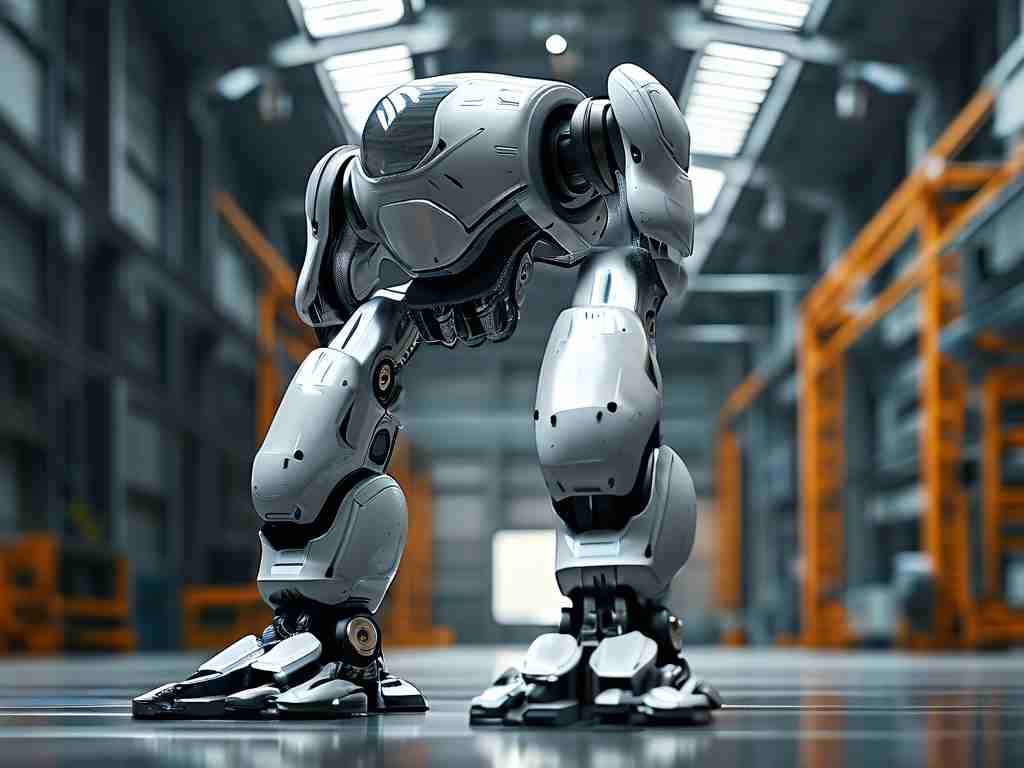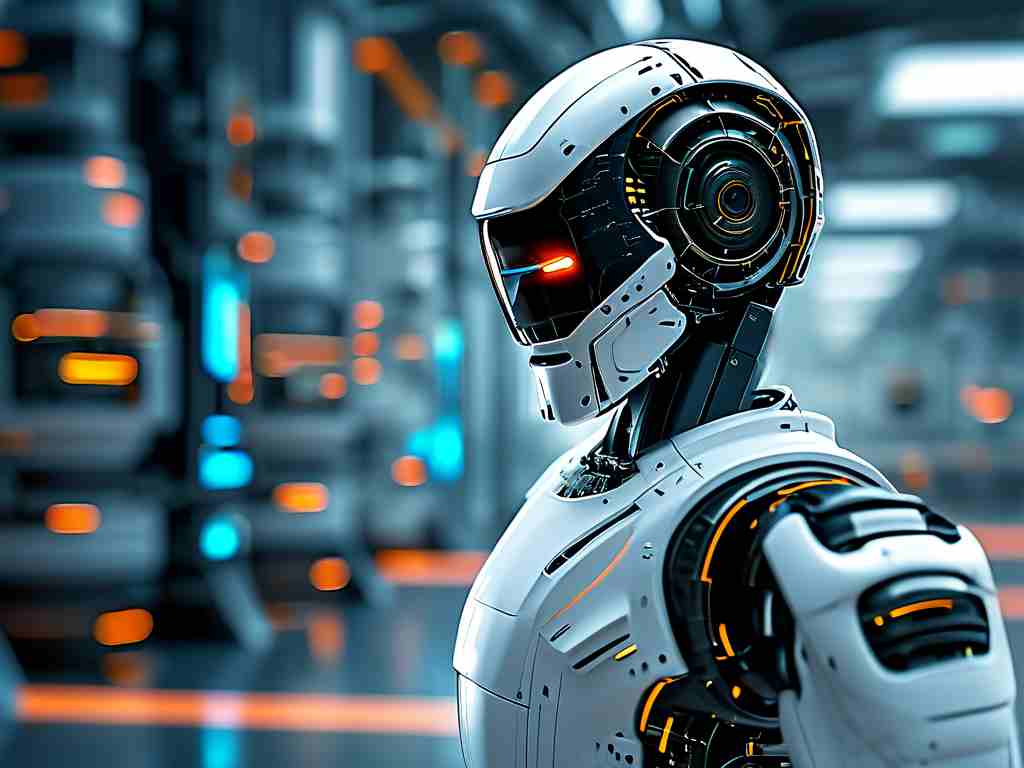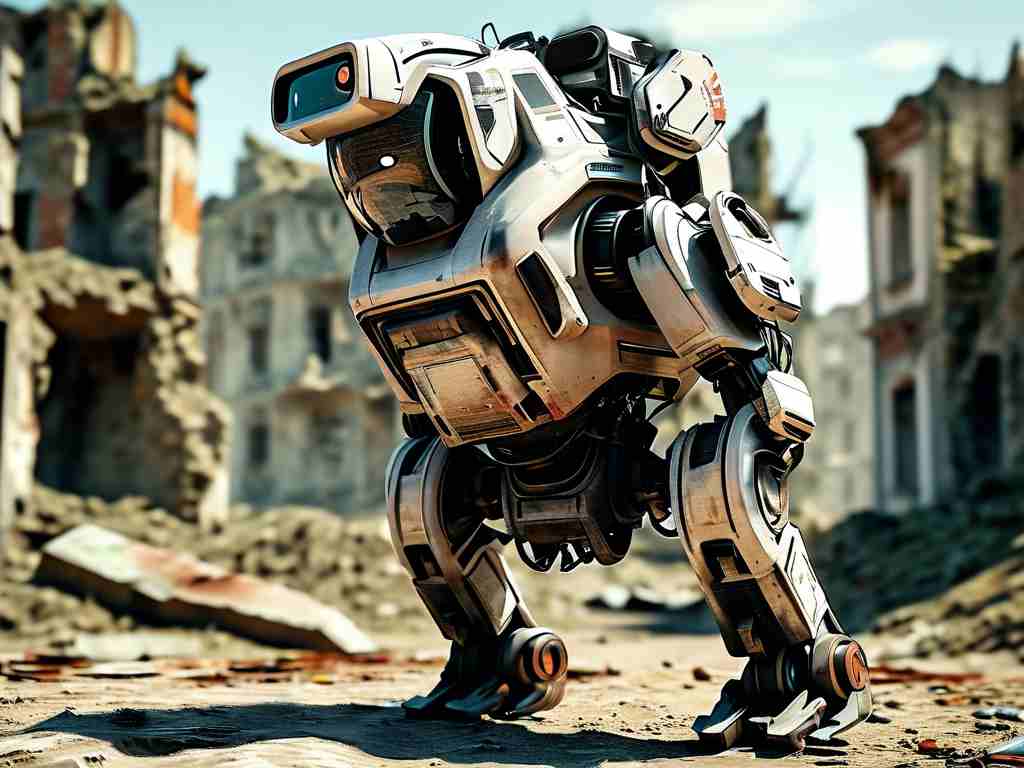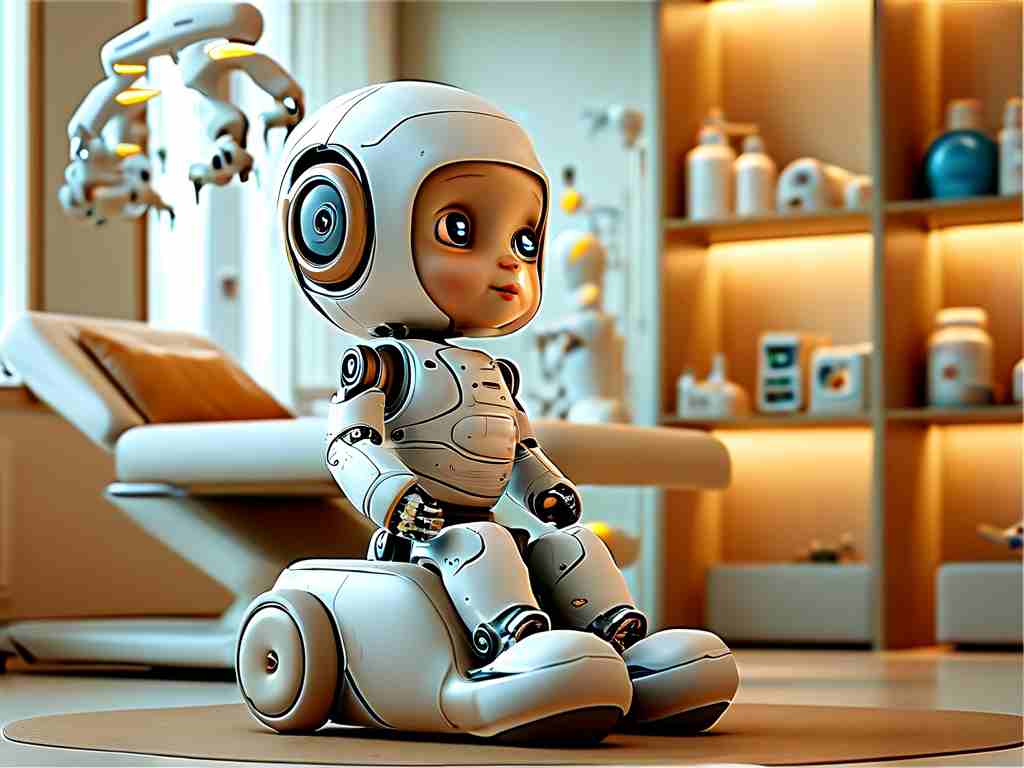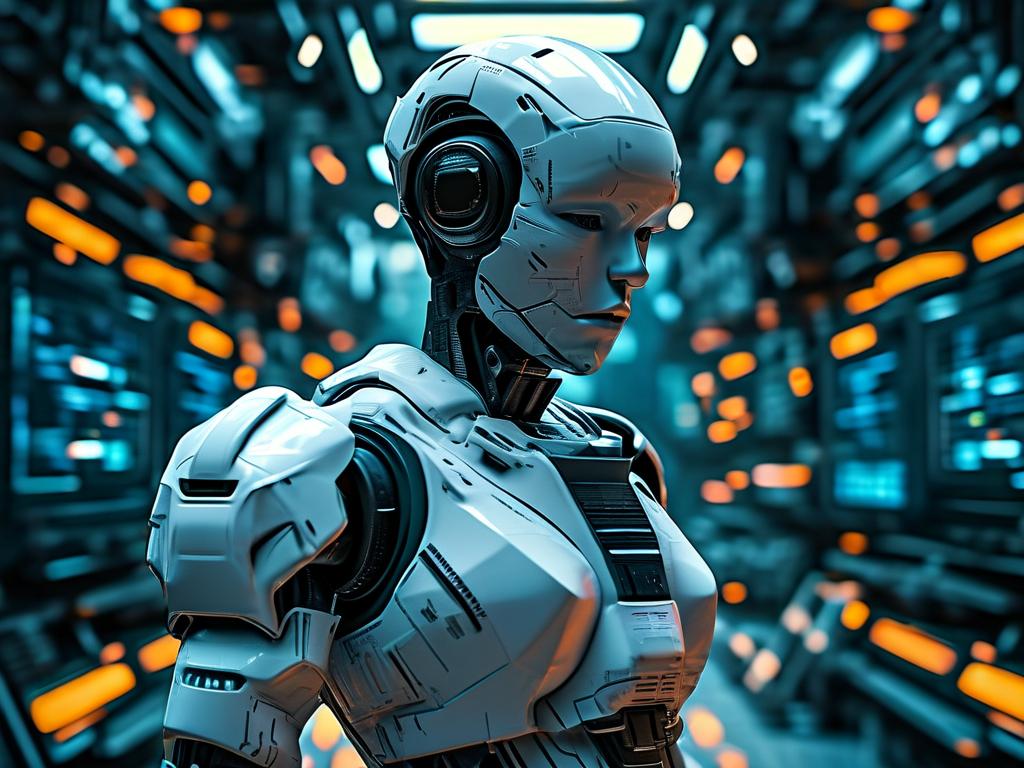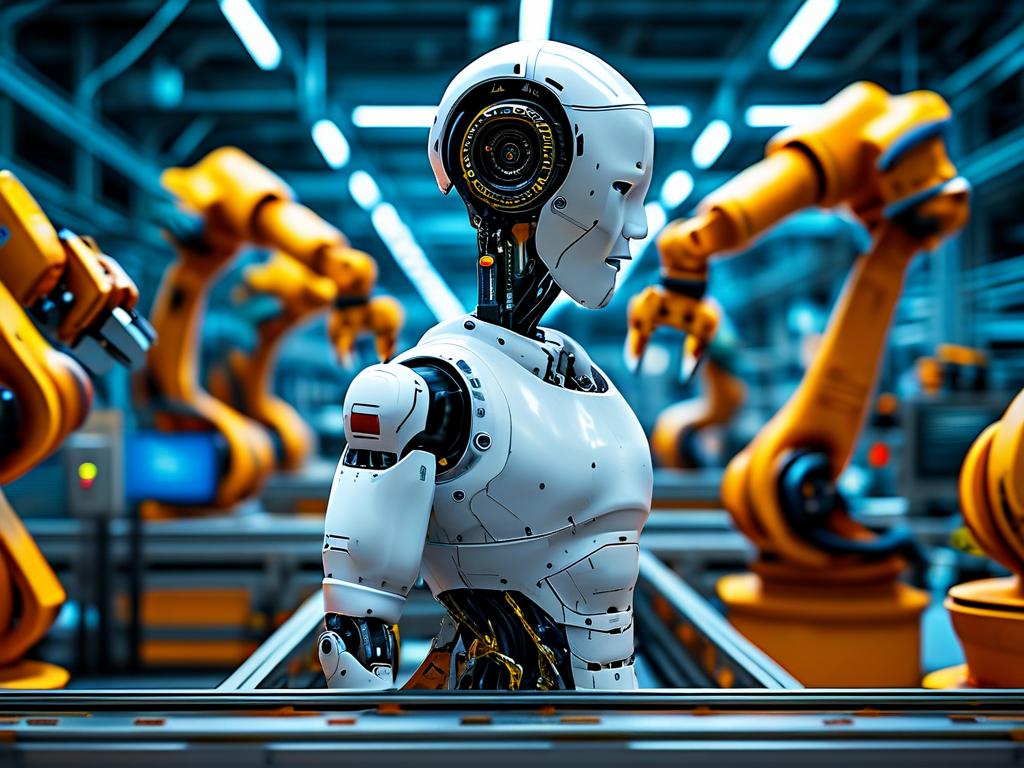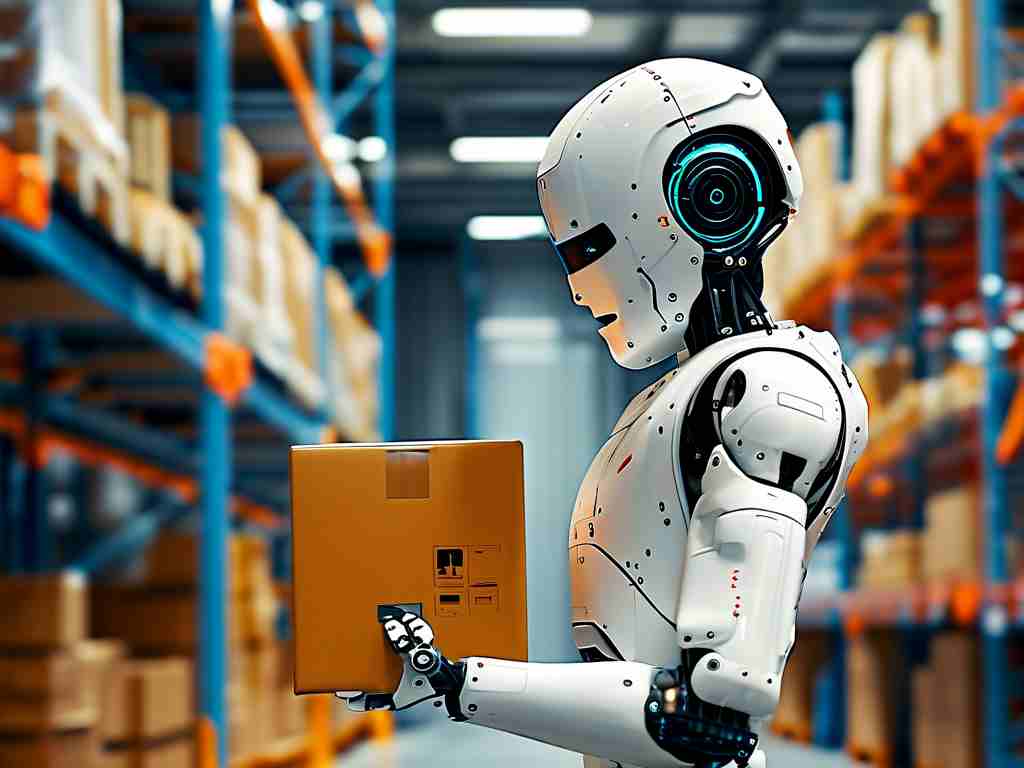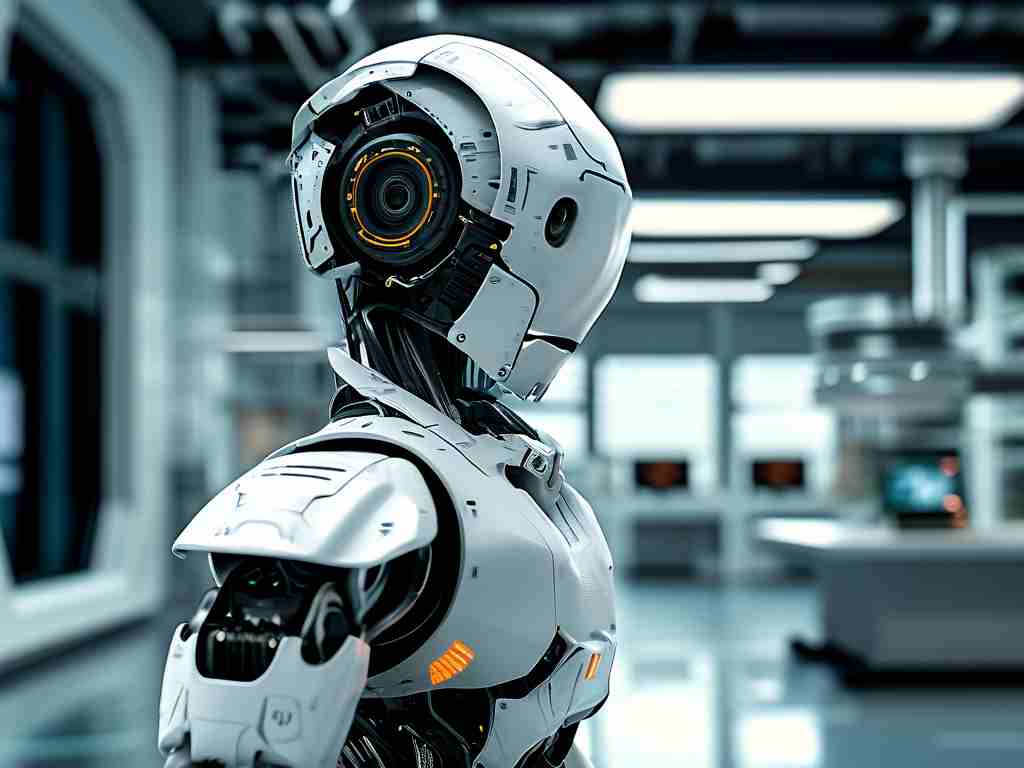The evolution of robotic tracking technology has revolutionized industries ranging from manufacturing to healthcare. By integrating advanced sensors, machine learning algorithms, and real-time data processing, modern systems achieve unprecedented precision in object detection and motion analysis. This article explores the core mechanisms behind robotic tracking and its practical implementations across sectors.
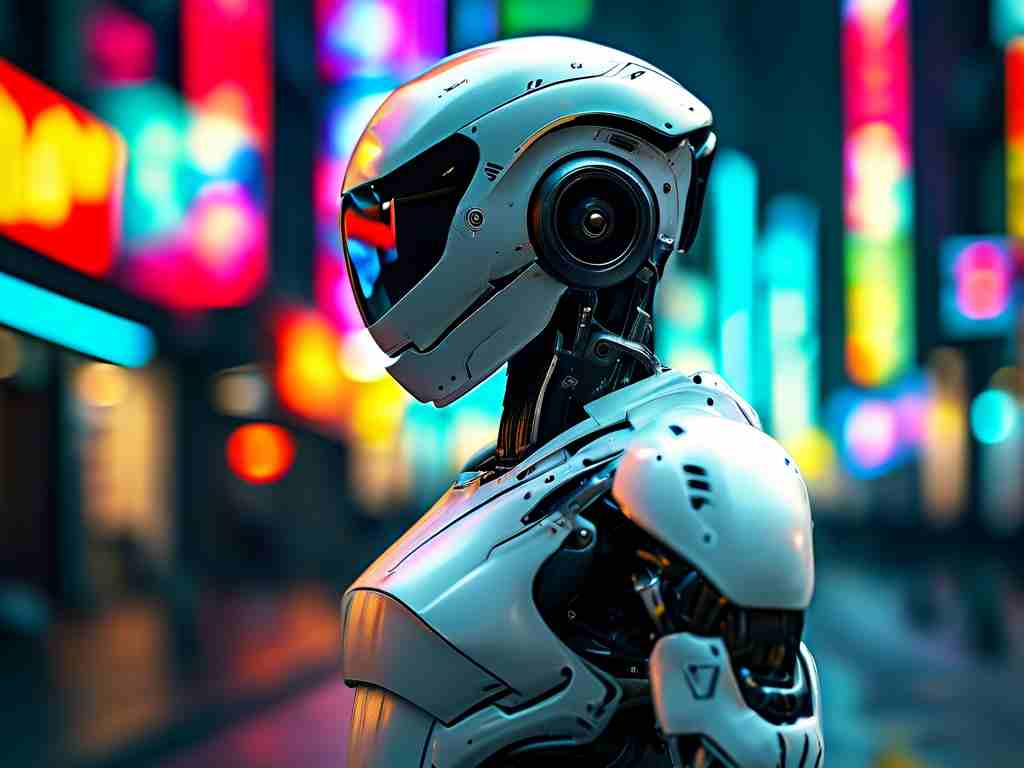
Fundamentals of Robotic Tracking Systems
At its core, robotic tracking relies on three interconnected components: environmental perception, data interpretation, and adaptive response. Multi-spectral sensors, including LiDAR and infrared cameras, capture spatial data at microsecond intervals. These inputs are processed through convolutional neural networks (CNNs) trained to recognize patterns in dynamic environments. For instance, autonomous drones use inertial measurement units (IMUs) to stabilize flight paths while cross-referencing GPS coordinates with visual SLAM (Simultaneous Localization and Mapping) data.
A critical breakthrough lies in probabilistic algorithms that predict object trajectories. Markov decision processes enable robots to anticipate movements by calculating potential paths based on velocity vectors and historical behavior. In industrial settings, this allows robotic arms to synchronize with conveyor belts moving at 2.3 m/s while maintaining submillimeter accuracy.
Applications Across Industries
-
Manufacturing Automation
Assembly lines employ 3D vision-guided robots that track components with 0.02mm precision. BMW's Leipzig plant uses this technology to install car doors, reducing alignment errors by 74% compared to manual processes. The system dynamically adjusts torque levels based on real-time force feedback, preventing part deformation. -
Medical Robotics
Surgical robots like the da Vinci Xi utilize electromagnetic tracking to follow instrument tips within 0.5mm accuracy. This enables surgeons to navigate complex anatomies while compensating for physiological tremors. Recent trials at Johns Hopkins Hospital demonstrated a 40% reduction in procedure time for prostate surgeries using adaptive path-planning algorithms. -
Consumer Technology
Smart home devices leverage WiFi-based motion tracking for energy optimization. The Nest Thermostat 3.0 employs RF sensing to detect room occupancy, adjusting HVAC settings within 8 seconds of user movement. Experimental models now incorporate ultra-wideband (UWB) chipsets for multi-room tracking at 15cm resolution.
Challenges and Future Directions
Despite advancements, latency remains a critical bottleneck. Current systems process 4K video feeds at 30fps, but achieving 120fps for high-speed applications requires FPGA-accelerated architectures. Researchers at MIT recently prototype a hybrid system combining event-based cameras with spiking neural networks, cutting processing latency to 2.8ms.
Privacy concerns also emerge as tracking granularity increases. The EU's Robotics Ethics Guidelines now mandate anonymization protocols for public-space robots, requiring edge-computed data aggregation rather than raw video transmission.
Looking ahead, quantum-enabled sensors promise to overcome existing resolution limits. DARPA's Q-TRAC program aims to develop entanglement-based detectors capable of tracking subatomic particles in 3D space—a technology that could redefine material inspection and drug discovery.
Robotic tracking technology continues to push the boundaries of automation and precision. From enhancing surgical outcomes to optimizing smart cities, its convergence with AI and advanced hardware will unlock capabilities once confined to science fiction. As ethical frameworks and computational power evolve, these systems will increasingly operate not just as tools, but as collaborative partners in human endeavors.


